Exploring Auto Transformers: Design, Function, and Industry Impact?
Are you puzzled by the complexities of power distribution systems? You’re not alone. Many find auto transformers confusing, but they’re essential for modern electrical grids.
Auto transformers are key components in power systems that efficiently regulate voltage using a single winding. They play a crucial role in maintaining stable power delivery while offering space and cost savings across various industries.
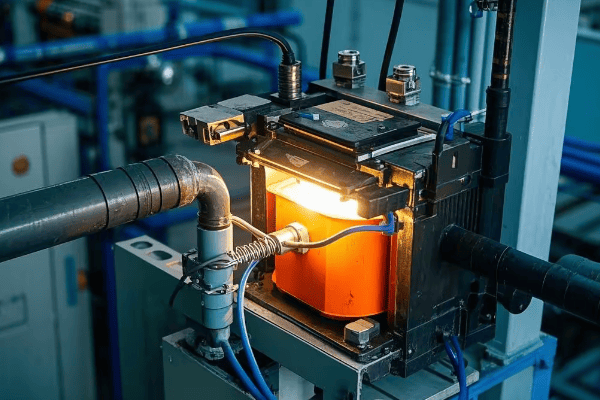
As an electrical engineer with 20 years of experience, I’ve seen auto transformers revolutionize power systems. Let’s explore how these devices work and why they’re so important.
The Basics of Auto Transformers: Understanding Core Design Principles?
Imagine trying to fill a water bottle from a fire hydrant. That’s similar to the challenge power companies face when delivering electricity to your home. Auto transformers are the solution.
An auto transformer is like a universal adapter for electricity. It uses a single winding to adjust voltage levels, making it possible to "step down" high voltages for safe home use or "step up" lower voltages for efficient power transmission.
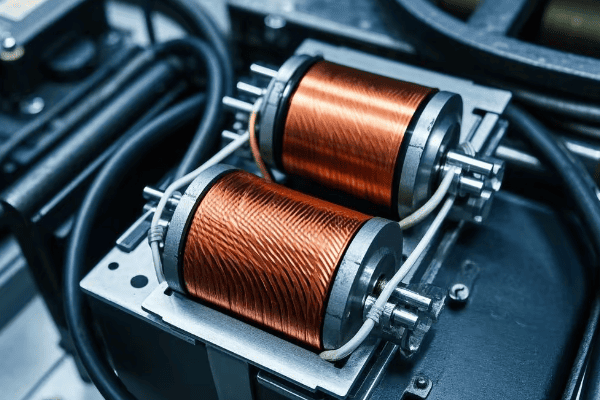
Key components:
- Single Winding: The main electrical pathway.
- Taps: Connection points for different voltages.
- Core: Directs the magnetic field.
Quick Quiz: What’s the main advantage of an auto transformer over a traditional transformer?
A) It’s larger
B) It’s more efficient for small voltage changes
C) It always costs more
D) It uses two separate windings
(Answer: B)
How Auto Transformers Work: A Deep Dive into Functionality?
Are you curious about the inner workings of auto transformers? Let’s unravel the mystery behind their efficient voltage regulation.
Auto transformers work on the principle of electromagnetic induction, using a single winding to both step up and step down voltage. The key to their functionality lies in the variable coupling between different sections of the winding.

Functionality Breakdown:
- Input voltage applied to part of the winding
- Magnetic field created in the core
- Voltage induced across the entire winding
- Output voltage taken from a different tap
Case Study: Rural Voltage Stabilization
Location: Midwest USA
Challenge: Fluctuating voltage between 11kV and 13kV
Solution: 15% tapped auto transformer
Result: Stable output at 11kV ± 0.5kV
Quick Quiz: How does an auto transformer achieve voltage transformation?
A) Through separate windings
B) By changing the number of turns between taps
C) Using external resistors
D) By altering the core material
(Answer: B)
Efficiency Matters: Auto Transformers vs. Traditional Transformers?
Are you looking to optimize your power system’s efficiency? Auto transformers might be the solution you’re seeking.
Auto transformers offer superior efficiency, especially for small voltage changes. They can achieve efficiency ratings up to 99%, compared to 95-98% for traditional transformers, leading to significant energy savings.
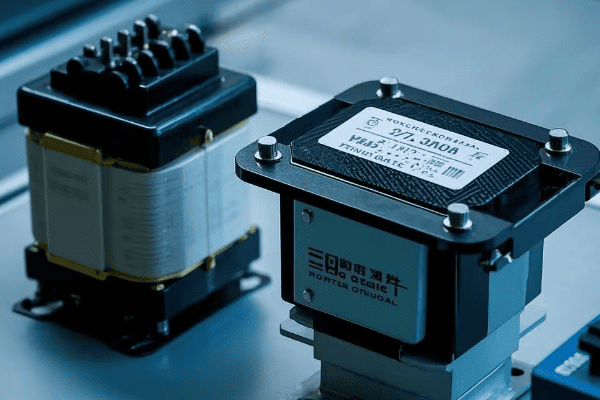
| Efficiency Comparison: | Voltage Change | Auto Transformer | Traditional Transformer |
|---|---|---|---|
| 5% | 99.5% | 98% | |
| 10% | 99% | 97.5% | |
| 20% | 98% | 97% | |
| 50% | 96% | 96% |
Real-World Impact:
In a recent project, replacing a 1000 kVA traditional transformer with an auto transformer resulted in:
- Annual Energy Savings: 140,160 kWh
- Cost Savings: $14,016 per year (at $0.10/kWh)
Quick Quiz: For which type of voltage change are auto transformers most efficient?
A) Very large changes (>50%)
B) Medium changes (20-50%)
C) Small changes (5-10%)
D) No change
(Answer: C)
Industry Applications: Where Auto Transformers Make a Difference?
Auto transformers find applications across various industries. Let’s explore where they truly shine.
Auto transformers excel in power distribution, industrial processes, transportation systems, and renewable energy integration. They’re crucial for efficient voltage regulation and power factor correction.
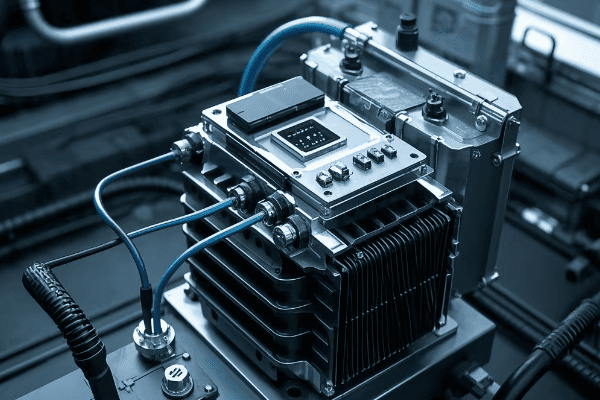
Key Applications:
- Power Distribution: Voltage regulation in substations
- Industrial: Motor starting, welding equipment
- Transportation: Railway electrification, EV charging
- Renewable Energy: Solar and wind power integration
Case Study: Solar Farm Integration
Location: Arizona, USA
Challenge: Connecting 100 MW solar farm to grid
Solution: Auto transformers with smart control systems
Results:
- 99.2% power transmission efficiency
- 15% reduction in system losses
- 30% smaller substation footprint
Quick Quiz: In which application do auto transformers help manage variable power sources?
A) Railway electrification
B) Motor starting
C) Renewable energy integration
D) Welding equipment
(Answer: C)
Safety, Installation, and Maintenance: Best Practices?
Safety is paramount when working with auto transformers. Let’s explore key considerations and best practices.
Auto transformers require specific safety measures due to their lack of electrical isolation. Proper installation and regular maintenance are crucial for optimal performance and longevity.

Safety Checklist:
- Proper Grounding
- Overcurrent Protection
- Regular Insulation Tests
- Thermal Monitoring
- Personal Protective Equipment (PPE)
| Maintenance Schedule: | Task | Frequency |
|---|---|---|
| Visual Inspection | Monthly | |
| Cleaning | Quarterly | |
| Insulation Test | Annually | |
| Oil Analysis (if applicable) | Semi-annually |
Quick Quiz: What’s a key safety consideration specific to auto transformers?
A) They require more frequent oil changes
B) They have a lack of electrical isolation
C) They are always safe to touch
D) They only need grounding every five years
(Answer: B)
The Future of Auto Transformers: Smart Grids and Beyond?
As we move towards smarter power systems, auto transformers are evolving. Here’s what to expect.
Future auto transformer innovations focus on smart monitoring, advanced materials, and integration with digital grid technologies. These developments aim to enhance efficiency, reliability, and adaptability in smart grids.
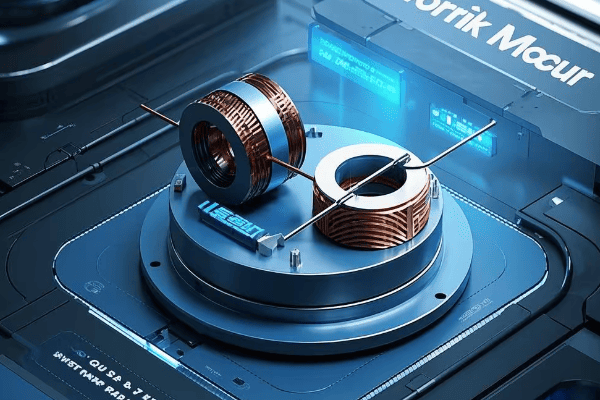
Key Innovations:
- IoT Integration for real-time monitoring
- Amorphous core materials for higher efficiency
- Adaptive voltage regulation for smart grids
- Digital twins for optimized performance
Case Study: Next-Gen Auto Transformer Pilot
Location: Tokyo, Japan
Features: Amorphous core, IoT monitoring, adaptive regulation
Results:
- 25% reduction in core losses
- 99.5% overall efficiency
- 50% decrease in maintenance-related outages
Quick Quiz: Which feature allows auto transformers to automatically adjust to changing grid conditions?
A) Amorphous core
B) IoT monitoring
C) Adaptive voltage regulation
D) Digital twin technology
(Answer: C)
Conclusion
Auto transformers are revolutionizing power management with their efficiency, versatility, and adaptability. From traditional power distribution to renewable energy integration and smart grids, these devices are shaping the future of electrical systems. By understanding and implementing auto transformer technology, we can build more efficient, reliable, and sustainable power networks for the 21st century and beyond.
Free CHBEB Transformer Catalog Download
Get the full range of CHBEB transformers in one catalog.
Includes oil-immersed, dry-type, pad-mounted, and custom solutions.
Quick Message
Request A free quote
We'd like to work with you
- +86 15558785111
- [email protected]
- +86 15558785111
What We Do
CHINA BEI ER BIAN (CHBEB) GROUP, with 218 million in registered capital, originated from Beijing Beierbian Transformer Group. Headquartered in Beijing for R&D, it operates major production bases in Nanjing and Yueqing, producing high-quality products.
Latest Product
address
BeiJing
No 3,RongJing East Road,BeiJing Economic Technological Development Area,BeiJing,China
JiangSu
No 7️Xiangfeng Road,Jiangning,NanJing,JiangSu,China
WenZhou
No.211, Wei 16 Road, Industrial Zone, Yueqing, Wenzhou, Zhejiang, China.
XiangYang Industrial Zone ,YueQing,WenZhou,ZheJiang,China
contact us
- [email protected]
- +86 13057780111
- +86 13057780111
- +86 15558785111
Copyright © Bei Er Bian Group


